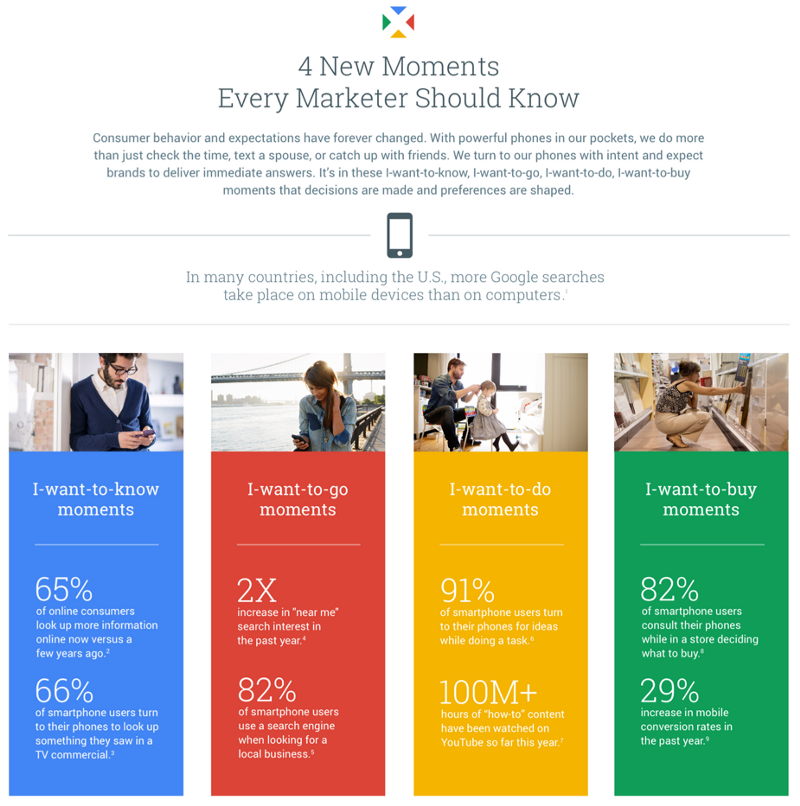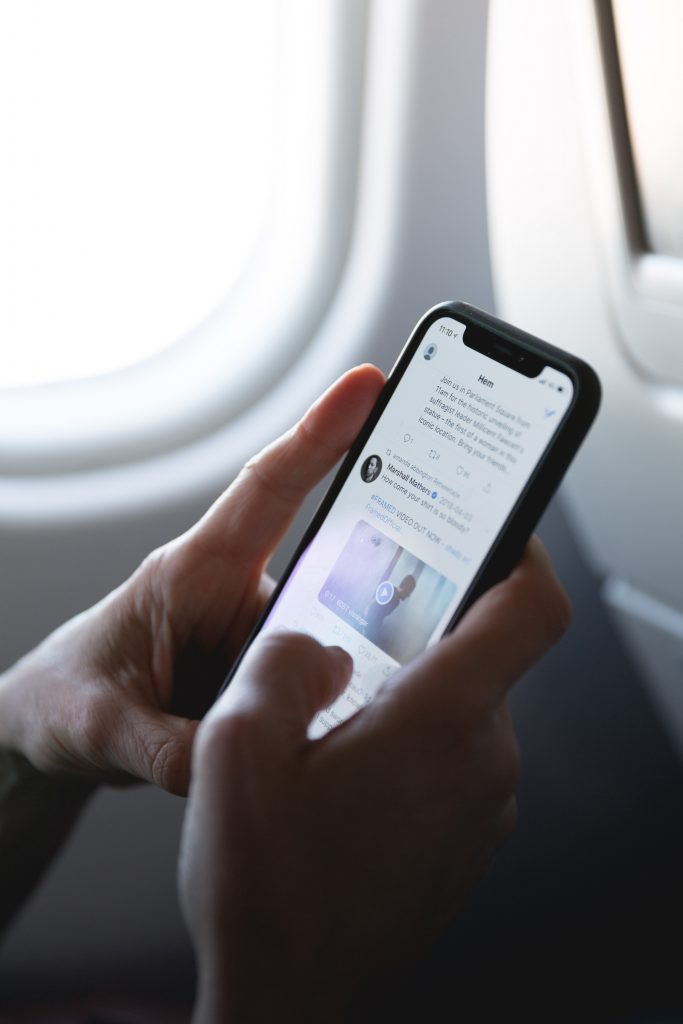Using Social Media Micro-Moments and Winning
Your organization has realized the power of social media and has begun to use it to demonstrate your authority in your industry. If not, you might want to pause in reading this article and check out our social media blog posts to get you and your organization up to speed:
- 5 Must-Have Social Media Management Tools
- Social media Integration with Your Website
- 5 Best WordPress Plugins for Social Media
- Embracing Social Media for Growth
- Social Media as an Extension of Hospitality
Once your organization’s social media plan is up and running (and consistent), it’s time to think about engagement. Social media engagement is the interaction that takes place between an individual or organization and their audience. These interactions lay the foundation for an authentic, trusting and long lasting relationship and build a community. Within the spectrum of social media engagement there lies what Google calls “micro-moments” which are “intent-driven moments in which consumers make their decisions and shape their preferences.”
Google has categorized 4 Types of Micro-Moments:
- “I-Want-to-Know Moments” when customers are responding to information that provides an answer or solution to a question they have.
- “I-Want-to-Go Moments” when customers are more responsive to directions, maps, and local search results, rather than to product information.
- “I-Want-to-Do Moments” when customers are looking for a practical guide to complete a task and respond better to tips, recipes, tutorials, and how-to videos.
- “I-Want-to-Buy Moments” that happens when customers have decided to make a purchase and are looking for best deals and offers.

Source: Google
During these micro-moments consumers are looking for information and whoever provides the most relevant and timely information will win! They will win credibility, authority in the industry, consumer confidence and (most importantly) sales. So how does your organization win the micro-moment race?
In the following 6 points we outline the most important aspects to focus on.
Identify Critical Moments
As a small business or nonprofit executive, you want to identify which micro-moments your audience will most likely experience. This typically leads to the moments that you must win in order to ultimately make the sale.
An easy way to do this is to identify all aspects of your customer’s experience journey. Understand when your audience has a question, wants to learn about your services, make a quick purchase or anything else they may turn to you for.
Have a Mobile Presence that is Optimized and Responsive
This cannot be overstated: your website must be optimized for mobile.
Everyone looks to their phones in these “micro-moments” and demand to receive what they’re looking for instantly. Make sure your organization is optimized to seamlessly delivers across channels.
Pro tip: take it a step further an optimize your website for voice search.
Navigate your Channels Through Your Customer’s Eyes
Think about who is your audience, what are their habits, preferences, and demographics. What content or features would be most helpful for this moment?
It’s imperative to determine what stage your audience is in. Those in the “I-Want-to-Know” category will need different content than those in “I-Want-to-Buy”. Offer your audience the content accordingly.
Anticipate Micro-Moments
Research has shown that “moments-ready” companies realize higher ROI in both mobile and in overall marketing investment. Once you have explored your audience, consider what types of questions they would ask before purchasing a product or service like yours. Understand when, where and why micro-moments occur for your consumer and how your brand fits in.
The goal is to identify moments that matter and create content that provides exactly what the customer is looking for at any given time. It may be important to think outside the box for your research into the different micro-moments they may fit into. If you can poll your users, look at previous reviews or maybe even do user research in person.
Location, Location, Location
Everyone is always on the hunt for products and services that are close in physical proximity. It’s all about location, location, location!
Make sure your organization’s local presence is known: showcase the business on Google Local, Yelp, Yahoo, etc. Having a physical location geographically close that your users can stop and shop at is only a part of the story. You also have to provide useful and timely content to entice them to visit, or assist them while they are in your store.
Measure Your Performance
As you start implementing micro-moment marketing in your strategy, make sure you are tracking your engagements. These will turn into leads that turn into conversions. By measuring the performance of your micro-moment engagements you can more fully understand your audience’s needs and whether or not you’re successfully delivering a solution.
It’s important to note that what works one year may not always work. You need to regularly reevaluate to make sure you’re hitting your mark for your customers.

Conclusion
Your organization might have a holistic and consistent social media marketing strategy, but are potential customers finding your business easily?
Are they choosing you instead of your competitors?
A micro-moment is a mobile moment that dispatches relevant and timely information that your audience uses to makes an instantaneous decision. Utilize the above tips to assure that your organization succeeds in the social media micro-moment race.
google marketing marketing for small businessYou May Also Like

Having a website is an absolute necessity for any business. Gone are the days when you could simply update your website once and forget about it for months on end. In today’s ever-changing digital landscape it is important to constantly track and measure how well your website performs, as well…
read more >
Thomas Bertram (T. Bert) Lance famously said, "If it ain't broke, don't fix it." Unfortunately, T. Bert Lance couldn’t foresee the future. He didn’t know that over 94% of Americans would be on the internet by 2024. If your website doesn't receive periodic updates or isn't accessible, users can become…
read more >
